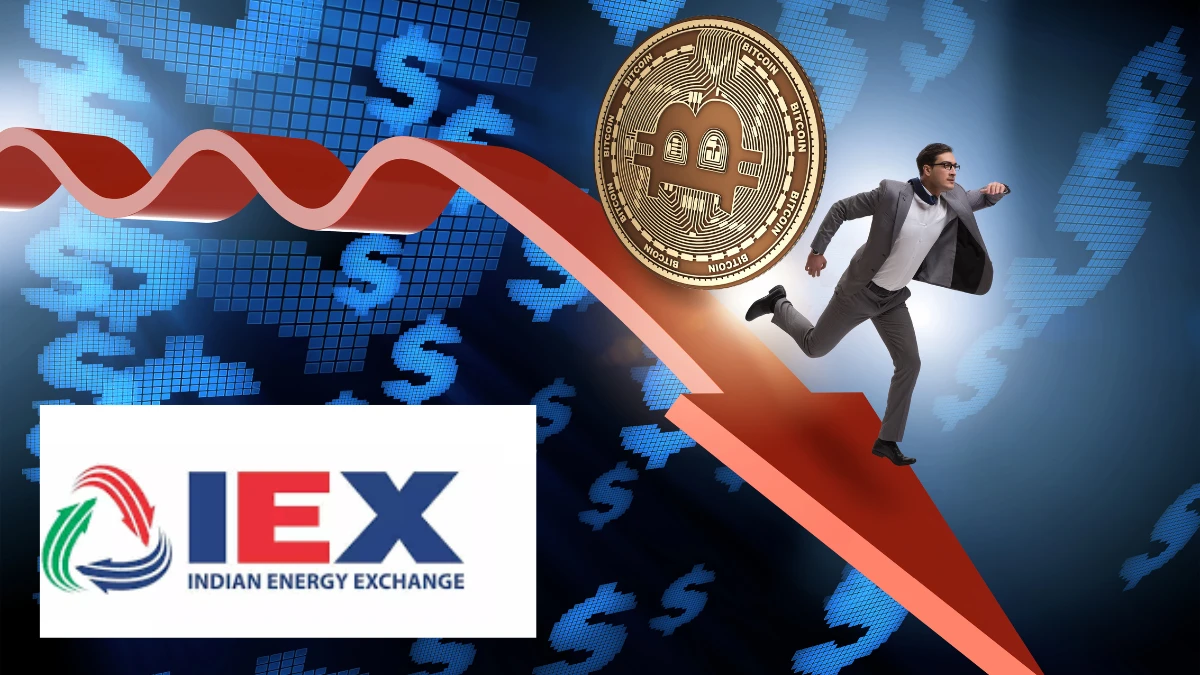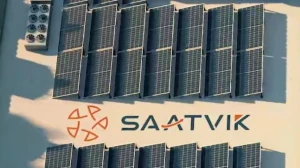IEX Share Price Crash: Why the Power Trading Giant Faces Its Toughest Test Yet
Indian Energy Exchange (IEX), the country’s leading power trading platform, has witnessed a dramatic plunge in its share price, sending shockwaves through the financial and energy sectors. On July 24, 2025, IEX shares crashed as much as 15%, hitting their lower circuit within minutes of market opening, following a regulatory overhaul that threatens the company’s longstanding market dominance. This article provides a deep-dive into why this happened, the implications for investors, and where the power sector heads next.
What Triggered the IEX Share Price Crash?
1. Market Coupling Approval Shakes the Industry
The Central Electricity Regulatory Commission (CERC) has greenlit a phased rollout of “market coupling” in India’s power exchanges. This system will aggregate all buy and sell bids from various power trading platforms and determine a single, uniform market price for electricity, removing individual platform advantages
- Implementation Timeline: Day-Ahead Market (DAM) coupling to start by January 2026, with power exchanges taking turns as Market Coupling Operators
- CERC’s Rationale: Aims for price convergence across regions, increased efficiency, and a level playing field for all exchanges.
- Immediate Investor Response: More than 5 crore sell orders flooded IEX as it hit the lower circuit at ₹169.10, dropping from a previous close of ₹187.89.
2. Erosion of IEX’s Market Moat
IEX has historically controlled about 85% of the spot electricity market, prized for its price discovery and platform reliability. The new rules threaten this edge by making the pricing uniform across all platforms, potentially redistributing trade volumes and compressing transaction margins.
3. Market Sentiment and Analyst Downgrades
Leading brokerages reacted swiftly:
- Bernstein cut its target for IEX from ₹160 to ₹122 and described the regulatory action as “worse and different from what had been anticipated”0.
- Other analysts predict reduced earnings visibility, urging caution.
Latest IEX Share Price and Performance Snapshot
| Date | Opening Price | Intraday Low | Closing Price | % Change | Lower Circuit |
|---|---|---|---|---|---|
| July 24, 2025 | ₹169.10 | ₹159.70 | ₹159.70 | -15% | Locked |
| Previous Day | ₹187.89 | N/A | ₹187.89 | N/A | N/A |
Share Price Movement (Recent)
| Period | Change (%) |
|---|---|
| 1 Month | -11.07% |
| 3 Months | -10.71% |
| Year-to-Date | -6.21% |
| Past 1 Year | -3.07% |
Key Data: IEX Shareholding Trends
| Shareholder Type | Mar 2024 | Jun 2024 | Sep 2024 | Dec 2024 | Mar 2025 | Jun 2025 |
|---|---|---|---|---|---|---|
| Mutual Funds (%) | 20.92 | 24.23 | 24.82 | 26.62 | 28.14 | 27.83 |
| Retail (%) | 39.25 | - | - | - | - | 29.42 |
| FPIs (%) | 10.00 | - | - | - | - | 18.50 |
Retail shareholding has dropped nearly 10% in the last five quarters, while mutual funds and FPIs are increasing their stakes.
What Is Market Coupling? Why Does It Matter?
Market coupling is a framework under which all electricity buy/sell bids across power exchanges are pooled and matched centrally to discover a uniform clearing price. This ensures:
-
Consistent pricing across regions.
-
Greater transparency and efficiency.
-
Removes platform-specific price advantages (and key revenue streams for leaders like IEX)
Implications:
- Volumes could migrate to competitors as pricing advantage is neutralized.
- Lower transaction fees as competition intensifies.
- Impact on IEX's future revenue, margins, and even its reputation as the "platform of choice."
Brokerages and Expert View
| Brokerage | Previous Target | New Target | Comment |
|---|---|---|---|
| Bernstein | ₹160 | ₹122 | "Order is worse/different than expected" |
| Street (avg) | ₹215 (median) | — | Stock’s most significant single-day drop post-listing |
Investor and Industry Reactions
- Retail Investors: Large-scale panic selling locked IEX in the lower circuit on the day of the announcement.
- Competitors: Other exchanges, previously lagging in volumes, now eye a larger slice of the pie.
- Regulators & Policy: CERC, Ministry of Power, and Grid-India all emphasize transparency, efficiency, and the need to integrate renewables into the spot market as national priorities.
Frequently Asked Questions (FAQ)
1. Why did IEX shares crash so sharply?
The crash was triggered by a major regulatory development—CERC’s approval of market coupling for electricity trading. This levels the playing field by making price discovery uniform across all power exchanges, eroding IEX's competitive edge and raising concerns over future revenue growth
2. What is market coupling, and how will it impact investors?
Market coupling is a mechanism to pool all bids and set a single price for electricity trades across platforms, improving consistency but threatening the margins and volumes of exchanges with high market share like IEX
3. Will this impact IEX’s long-term business prospects?
Yes, at least in the short to medium term. IEX will transition from being a pricing leader to a participant in a more homogeneous, competitive market. Its ability to maintain high trading volumes and pricing power will be tested as transaction margins come under pressure
4. Are other power exchange stocks also at risk?
While IEX bears the brunt due to its dominant position, other exchanges could benefit from a more even playing field—potentially gaining in volumes. The industry-wide revenue model, however, is likely to face downward pressure as coupling intensifies competition
5. What should investors watch for?
Key indicators include how IEX adapts its business model, further regulatory developments, competitor growth, and quarterly earnings going forward. Analyst revisions and commentary will also influence sentiment
Conclusion
IEX’s share price crash in July 2025 marks a watershed moment in India’s power sector. The transition to market coupling, though designed for greater transparency and efficiency, ends the era of monopoly-driven price discovery and forces IEX—and its investors into a new age of competition. The company’s response, and the broader evolution of India’s energy market, will be watched closely in the coming months.
Note: This article is for informational and educational purposes only, and does not constitute investment advice. Please consult with a financial expert before making investment decisions.






